Bodybuilding
Muscle Fever After Workout
Muscle Fever:

There will be muscle fever to muscle ends, but the most will be affected the center of muscles, which is a good sign. In general, exercises with dumbbell are more traumatic for muscles and therefore more effective as the pulley exercise or any other executed at the gym devices.
During exercises on machines or pulley, the resistance muscle is linear, i.e. constant over the entire length of the exercise, while exercising with the dumbbell the resistance opposite muscles decreases or increases during movement.
The best example is the flexible bar for biceps. When the bar is down, biceps effort is minimal. Increases as the bar go to the point where your forearms are parallel to the ground and then start to decline as they climb exceeding that point. Why cheating execution is so efficient at this exercise is that in descending muscle trauma is much increased due to increased speed brutal, with a condition to make a minimal effort to slow the movement. In essence, by cheating can use more weight for more reps, which will be felt on the negative movement.
Muscle fever generated by free weights is superior to that generated by machines or pulley exercises. A source of muscle fever is the lactic acid generated by a large number of repetitions. This accumulation during exercise is indicated by a strong burning muscle.
If you do super series, for example, using average weight, which you can do 10-12 reps, accumulation of lactic acid in muscles will be significant and you will have a muscular fever. This form of muscle fever induced by this strategy is very different from that induced by mechanical trauma techniques that generate small muscle tears. You will feel this fever in the middle of muscles, which can be good for muscle stimulation.
The most productive form of muscle fever is considered that induced by (the weight) on the positive movement. If you manage to get a muscular fever generated by such a stimulus, forcing the muscles to contract so strong (stronger than in the past), it means you automatically triggered a major increase in those muscles.
Keep in mind that muscular fever can be dangerous since too much can be a negative factor, while a moderate level must be obtained or sought vigorously.
Do not forget that it’s not recommended to train a muscle when it’s affected by muscle fever since this means whether there are lactic acid or the microtrauma generated by the previous workout is not healed yet.
Bodybuilding
Top Video Games for Bodybuilders in 2024

There are several video games that can be great for bodybuilders, combining fitness and fun! Here are some of the best options:
Ring Fit Adventure (Nintendo Switch)
The game uses the Ring-Con and Leg Strap to guide you through various exercises and adventures. It's a fun way to get a full-body workout while playing a game.
Fitness Boxing 2: VR Boxing Remastered (PlayStation VR)
It offers a full-body boxing workout with a variety of punches and combos. It's a great way to improve your fitness while enjoying a virtual boxing experience.
Must Read: Marvel-Inspired Training Clothing on Amazon
Just Dance 2024
This popular dance game gets you moving to the beat with a variety of songs and dance routines. It's a fun way to burn calories and improve your coordination.
Zumba Fitness
Burn It Off (Nintendo Wii): This game offers a fun and energetic Zumba workout, perfect for those who enjoy dancing and want to get a good cardio workout.
Yoga for Beginners
If you're looking for a more relaxing workout, yoga games can help improve flexibility and reduce stress. Many of these games offer guided yoga sessions that you can follow along with.
Gym Tycoon
This game lets you build and manage your own gym, complete with various workout equipment and fitness classes. It's a great way to learn about different exercises and how to create effective workout routines.
The Sims 4: Fitness Stuff Pack
This expansion pack for The Sims 4 adds fitness equipment and activities to the game, allowing you to improve your character's fitness and join the athlete career.
Grand Theft Auto: San Andreas
While not a traditional fitness game, this classic game includes bodybuilding activities that can help your character gain muscle and improve fitness.
Knockout Home Fitness (Nintendo Switch)
This game offers a variety of boxing workouts that can help improve your strength and endurance.
Gym Simulator 24 (PC)
In this simulation game, you can build and manage your own fitness empire, creating workout routines and managing gym equipment.
Let's Get Fit (Nintendo Switch)
This game focuses on pure workouts, allowing you to set programs and follow along with digital trainers for a customized fitness experience.
Beat Saber (VR)
A popular VR game where you slash blocks to the beat of the music, providing an intense full-body workout.
Synth Riders (PlayStation VR)
This game combines freestyle dance and fitness, offering high-tempo tracks and multiplayer modes for a fun and energetic workout.
Yoga Master (PlayStation)
Designed by professional yoga coaches, this game offers a variety of yoga lessons and poses to improve flexibility and reduce stress.
Les Mills Bodycombat (PlayStation VR)
A martial arts-inspired workout game with a range of workout plans and coaching to keep you motivated.
OhShape Ultimate (PlayStation VR)
This game provides a full-body cardio workout with six sessions and two difficulty levels, designed to engage every part of your body.
These games offer a mix of cardio, strength, and flexibility workouts, making them great additions to your fitness routine.
Related Article: Supplemental Breast Milk for Bodybuilders
Bodybuilding
2nd Edition of Natural Bodybuilding Competition Facts
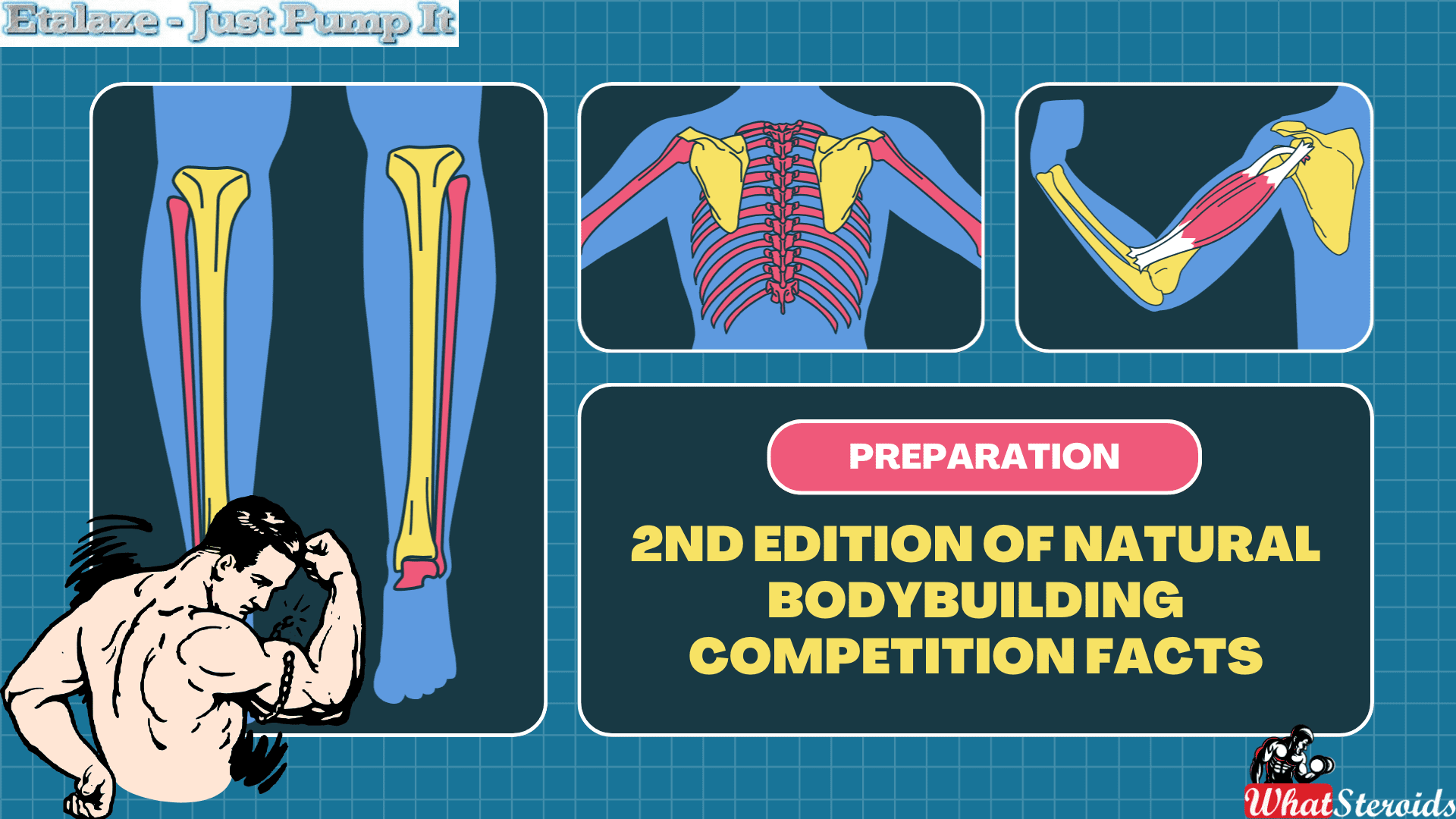
Natural bodybuilding competitions are designed to promote and celebrate athletes who build their physiques without the use of performance-enhancing drugs. These events emphasize fair play, health, and the natural development of muscle mass and definition.
The second edition of natural bodybuilding competitions has gained momentum globally, particularly focusing on drug-free athletes. These competitions are hosted by various organizations like the INBA/PNBA (International Natural Bodybuilding Association/Professional Natural Bodybuilding Association) and OCB (Organization of Competitive Bodybuilders).
In 2024, several notable events have been planned, including the INBA Natural Universe and INBA World Cup, both of which emphasize natural bodybuilding through rigorous drug testing policies. These events aim to showcase competitors who adhere to strict drug-free protocols, and winners often earn pro cards allowing them to compete in higher-level professional competitions.
These competitions focus on categories like men's bodybuilding, classic physique, and women's figure and bikini, among others. Athletes undergo polygraph and urine tests to ensure compliance with natural bodybuilding standards. The winners often receive medals, trophies, or pro status
Bodybuilding
Primal Movements: Our Ultimate Guide for Maximum Results
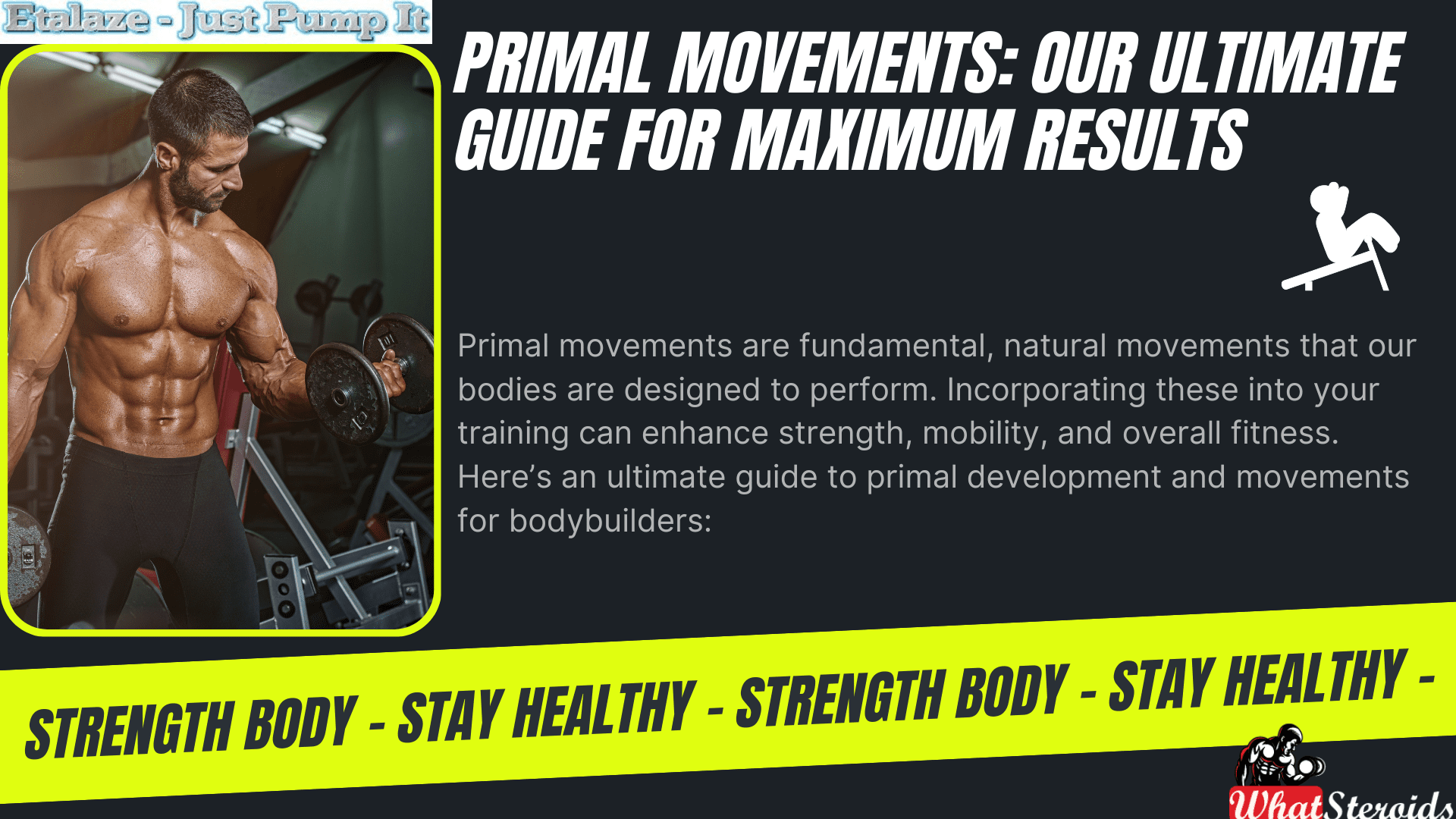
Primal movements are fundamental, natural movements that our bodies are designed to perform. Incorporating these into your training can enhance strength, mobility, and overall fitness. Here’s an ultimate guide to primal development and movements for bodybuilders:
 Buy Cut Long 300 by Dragon Pharma
Buy Cut Long 300 by Dragon Pharma
Understanding Primal Movements
Primal movements are basic, functional movements that mimic the natural actions humans have performed for thousands of years. These movements are essential for developing a strong, balanced, and resilient body. They can be categorized into seven primary patterns:
Related Article: How Much Do You Know About B-AET? A Fat Burner You’ve Been Missing
- Push
- Pull
- Squat
- Lunge
- Hinge
- Rotate
- Gait (Locomotion)
The Seven Primal Movement Patterns
Push
Description: Involves moving a weight or resistance away from your body.
Examples: Push-ups, bench press, overhead press.
Muscles Worked: Chest, shoulders, triceps.
Pull
Description: Involves drawing a weight or resistance towards your body.
Examples: Pull-ups, rows, bicep curls.
Muscles Worked: Back, biceps, forearms.
Squat
Description: A fundamental lower-body movement where you lower your hips from a standing position and then stand back up.
Examples: Bodyweight squats, barbell squats, goblet squats.
Muscles Worked: Quadriceps, hamstrings, glutes, calves.
Lunge
Description: A single-leg movement that involves stepping forward, backward, or to the side and lowering your hips.
Examples: Forward lunges, reverse lunges, lateral lunges.
Muscles Worked: Quadriceps, hamstrings, glutes, calves.
Hinge
Description: Involves bending at the hips while keeping a neutral spine.
Examples: Deadlifts, kettlebell swings, hip thrusts.
Muscles Worked: Hamstrings, glutes, lower back.
Rotate
Description: Involves twisting or rotating the torso.
Examples: Russian twists, woodchoppers, cable rotations.
Muscles Worked: Obliques, abdominals, lower back.
Gait (Locomotion)
Description: Involves movements that propel the body forward.
Examples: Walking, running, crawling, bear crawls.
Muscles Worked: Full body, with emphasis on legs and core.
Benefits of Primal Movements
Functional Strength: Primal movements enhance your ability to perform everyday tasks efficiently and safely.
Improved Mobility: These movements promote flexibility and range of motion, reducing the risk of injury.
Balanced Development: By working multiple muscle groups, primal movements ensure balanced muscle development.
Core Stability: Many primal movements engage the core, improving overall stability and strength.
Increased Caloric Burn: Compound movements like these burn more calories, aiding in fat loss and conditioning.
Incorporating Primal Movements into Your Training
Warm-Up: Start with dynamic stretches and light cardio to prepare your body.
Compound Exercises: Focus on compound exercises that incorporate multiple primal movements.
Progressive Overload: Gradually increase the weight or resistance to continue making gains.
Variety: Mix up your routine to prevent plateaus and keep your workouts interesting.
Recovery: Ensure adequate rest and recovery to allow your muscles to repair and grow.
Sample Primal Movement Workout
Warm-Up: 5-10 minutes of light cardio and dynamic stretching.
Workout:
Push: 3 sets of 10-12 reps of push-ups or bench press.
Pull: 3 sets of 10-12 reps of pull-ups or rows.
Squat: 3 sets of 10-12 reps of bodyweight or barbell squats.
Lunge: 3 sets of 10-12 reps per leg of forward or reverse lunges.
Hinge: 3 sets of 10-12 reps of deadlifts or kettlebell swings.
Rotate: 3 sets of 15-20 reps of Russian twists or cable rotations.
Gait: 3 sets of 30-60 seconds of bear crawls or sprints.
Cool-Down: 5-10 minutes of static stretching and deep breathing exercises.
1. Warm-Up and Mobility Drills
Start your workout with primal movement-based warm-ups to prepare your body. For example:
- Dynamic stretches: Incorporate lunges with a twist, leg swings, and arm circles.
- Mobility drills: Include exercises like hip circles, cat-cow stretches, and thoracic rotations.
2. Compound Exercises
Add primal movements as the core of your workout. Here’s how you can structure it:
- Push Day: Combine bench presses with push-ups.
- Pull Day: Mix pull-ups with rows.
- Leg Day: Integrate squats and lunges with deadlifts.
3. Supersets and Circuits
Create supersets or circuits that include primal movements:
- Superset Example: Pair squats with pull-ups or push-ups with lunges.
- Circuit Example: Rotate through exercises like kettlebell swings, bear crawls, and Russian twists with minimal rest.
4. Functional Training Days
Dedicate one or two days a week to functional training focused on primal movements:
Sample Functional Workout
-
- Warm-Up: 5 minutes of dynamic stretching.
- Circuit: 3 rounds of:
- 10 push-ups
- 10 pull-ups
- 15 squats
- 10 lunges per leg
- 15 kettlebell swings
- 20 Russian twists
- 30 seconds of bear crawls
- Cool-Down: 5 minutes of static stretching.
5. Active Recovery
Use primal movements on active recovery days to promote mobility and flexibility:
- Activities: Light yoga, walking, or gentle bodyweight exercises like lunges and squats.
6. Progressive Overload
Gradually increase the intensity of primal movements by adding weights or resistance bands:
- Example: Start with bodyweight squats, then progress to goblet squats, and eventually barbell squats.
7. Listen to Your Body
Pay attention to how your body responds to these movements and adjust accordingly:
- Modify: If a movement feels too challenging, modify it to suit your fitness level.
- Rest: Ensure you’re getting adequate rest and recovery to prevent overtraining.
Read More: Cellular Alchemy to Restore Testosterone Levels
Sample Weekly Routine for Primal Movements
Monday: Push Day
- Bench Press
- Push-Ups
- Overhead Press
Tuesday: Pull Day
- Pull-Ups
- Rows
- Bicep Curls
Wednesday: Leg Day
- Squats
- Lunges
- Deadlifts
Thursday: Functional Training
- Circuit of primal movements (as outlined above)
Friday: Active Recovery
- Light yoga or walking
Saturday: Full-Body Workout
- Combination of push, pull, squat, and hinge movements
Sunday: Rest Day
By incorporating these primal movements, you’ll enhance your functional strength, mobility, and overall fitness. If you have any specific goals or need further customization, feel free to ask! Happy training.
For optimal performance in primal movements before a bodybuilding competition, consider these supplements:
Pre-Workout Supplements: These can provide energy and enhance performance. Look for products containing creatine, nitric oxide stimulators, and caffeine.
Post-Workout Supplements: Essential for recovery, including protein powders, BCAAs (Branched-Chain Amino Acids), and multivitamins.
Fat Burners and Metabolizers: These can help in reducing body fat while maintaining muscle mass. Ingredients like green tea extract and L-carnitine are popular.
Adaptogens: Supplements like ashwagandha and rhodiola rosea can help manage stress and improve endurance.
Conlusion
Primal movements, which include squatting, lunging, hinging, twisting, walking, pushing, and pulling, benefit from a strong foundation of functional strength and mobility. Ensuring your body is well-nourished and recovered will help you perform these movements effectively.
Incorporating primal movements into your bodybuilding routine can lead to significant improvements in strength, mobility, and overall fitness. By focusing on these fundamental patterns, you can build a well-rounded, resilient body that performs well both in and out of the gym.
-

 Steroids2 years ago
Steroids2 years agoVOX Testing: Why Bodybuilders Must Have It Tested Regularly
-

 Steroids2 years ago
Steroids2 years agoShavers and Other Body Grooming Equipment for Bodybuilders In 2023
-

 Steroids2 years ago
Steroids2 years agoChatGPT and Other Avenues to Find Great Bodybuilding Coaches
-

 Steroids2 years ago
Steroids2 years agoBest Oil Recommendations Before Competition for Subtle Shimmer
-

 Steroids2 years ago
Steroids2 years agoPowerlifting Vs Power Building: Find Out the Big Difference and When to Shift Between the Two
-

 Nutrition1 year ago
Nutrition1 year agoEverything Nutritional Food: What’s Too Much Or Too Little
-

 Anabolic Steroids1 year ago
Anabolic Steroids1 year agoLegality of Anabolic Steroids In Latin America
-

 Beginners1 year ago
Beginners1 year agoTren Cycle for Beginners
-

 Bodybuilding Products9 months ago
Bodybuilding Products9 months agoTelmisartan In Bodybuilding: An Expert’s Advice
-

 Bodybuilding11 months ago
Bodybuilding11 months agoList of FDA-Approved Peptides
-

 Bodybuilding1 year ago
Bodybuilding1 year agoCompetition Prep Cycle for Pro Bodybuilders
-

 Anabolic Steroids8 months ago
Anabolic Steroids8 months agoHow Much Do You Know About B-AET? A Fat Burner You’ve Been Missing
-

 Bodybuilding1 year ago
Bodybuilding1 year agoChia Seeds in A Bodybuilder’s Diet: An Expert’s Advice
-

 Product Reviews8 months ago
Product Reviews8 months agoTop Vitamins for Skin Health
-

 Anabolic Steroids1 year ago
Anabolic Steroids1 year agoStart The New Year Strong With These Tips
-

 Steroids11 months ago
Steroids11 months agoTrenbolone: Why it Remains A Beast In the Market
-

 Anabolic Steroids1 year ago
Anabolic Steroids1 year agoNatural Steroids for Bodybuilding
-
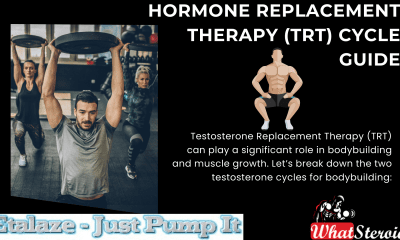
 Bodybuilding6 months ago
Bodybuilding6 months agoHormone Replacement Therapy (TRT) Cycle Guide
-

 Steroids7 months ago
Steroids7 months agoMajor Bodybuilding Peptides Explained
-

 Steroids9 months ago
Steroids9 months agoAnadrol Cycle: Benefits, Doses, Alternatives, etc.
-
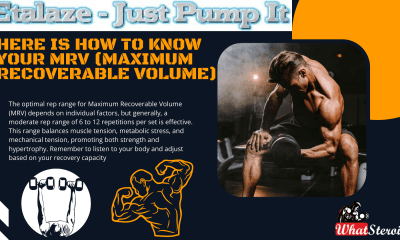
 Bodybuilding7 months ago
Bodybuilding7 months agoHere Is How To know Your MRV (Maximum Recoverable Volume)
-

 Beginners1 year ago
Beginners1 year agoCalisthenics: Secret to Building A Better Upper and Middle Body
-

 Steroids6 months ago
Steroids6 months agoOmnitope (Oxytocin)
-

 Bodybuilding10 months ago
Bodybuilding10 months agoHow Much Is Too Much Cardio? Understanding Heart Rate Zones
-

 Bodybuilding1 year ago
Bodybuilding1 year agoUnique Things That Have Redefined Mr Olympia Over The Years




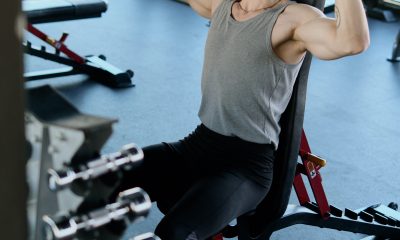

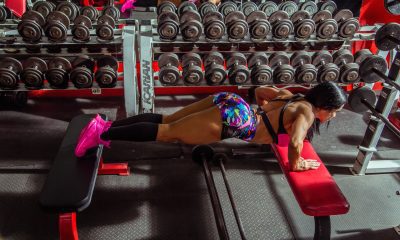

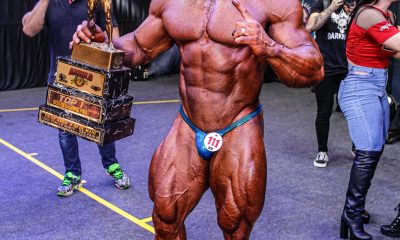

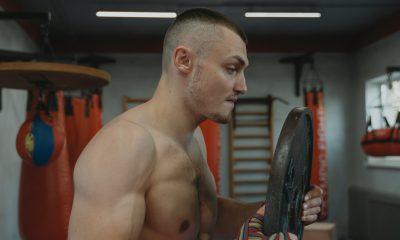



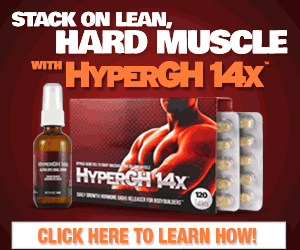
 Click here to buy 1-Test Cyp/DHB 100 by Dragon Pharma
Click here to buy 1-Test Cyp/DHB 100 by Dragon Pharma












